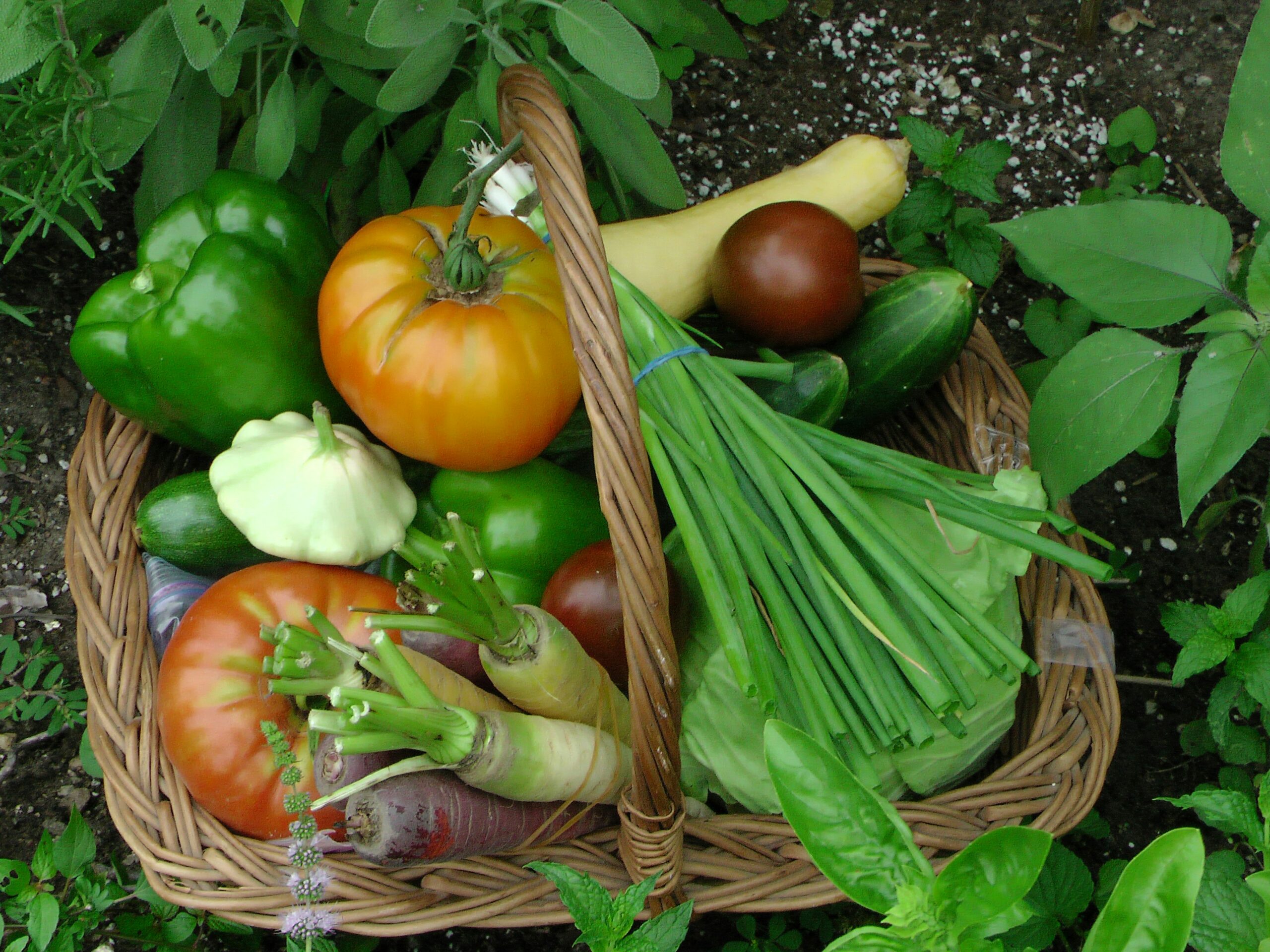Do you ever struggle to spend quality time with God? As Christians, we know that praying and reading God’s Word daily is essential for our spiritual health. We can’t rely only on a 30-minute sermon on Sunday mornings—it’s important to personally pursue intimacy with God. And just like any other close relationship, we must invest time and energy into it.
If you are new or early in your walk with Jesus, this might sound a little strange or even uncomfortable. I totally get it—I’ve been there! But what does intimacy with God really mean?
For clarity, intimacy is a deep and personal relationship characterized by trust, communication, and connection. It’s a relationship where you can be fully known and fully accepted without the fear of judgment or rejection. Doesn’t that sound like a beautiful and healthy relationship you’d want to be part of? I know I do!
So, how do we get there? Here are some practical tips that have helped me tremendously in developing a consistent habit of spending quality time with God:
1. Schedule Your Quiet Time
Add it to your calendar, set reminders, and treat it like any other appointment. You wouldn’t no-show to a doctor’s appointment, right? You schedule it because you know it’s important for your health. In the same way, your “appointment” with God is vital for your soul, so prioritize it.
I recommend spending time with God first thing in the morning, or as early as you can. Personally, I’m NOT a morning person, so the best time for me is right after I get my kids on the bus to school.
2. Start Small and Work Your Way Up
When I first started, I knew it was important to read my Bible and pray, but I didn’t know where to begin. So, I started small—just reading one daily verse.
Two great free resources I recommend:
Even a few minutes with God daily will make a huge impact.
3. Join a Bible Study Group
This is one of my favorite ways to stay consistent. Many churches offer women’s and men’s Bible study groups. They often follow a study guide with homework and short films.
If your church doesn’t have one, you can start a group yourself! Invite 2–3 friends and go through a study together. Groups help you form friendships with other believers, provide accountability, and open up deeper understanding through discussion.
Some of my favorite Bible studies include:
- For His Glory
- Finding I AM
- Elijah
- Breathe: Making Room for Sabbath
- Trustworthy: A Study of 1 & 2 Kings
- Untangle Your Emotions
- Find Your People
- When You Pray
4. Follow a Reading Plan
Reading the whole Bible in a year can be intimidating, but there are excellent reading plans out there that provide structure and encouragement.
My favorite is The Bible Recap. It guides you through the Bible chronologically and includes a daily 8–10 minute podcast by Tara-Leigh Cobble, who explains the passages clearly and points to God’s character throughout.

5. Read Your Bible Out Loud
When I first started reading, my mind would wander—I’d think about my to-do list and realize I hadn’t absorbed anything. Reading out loud changed that for me.
It also connects us to the tradition of storytelling used in ancient times when most people couldn’t read. You’ll be surprised at how much better you focus!
6. Minimize Distractions
For me, the sight of dirty dishes or unmade beds was distracting. So, I started doing my Bible study outside with a cup of coffee. Surrounded by God’s creation—the birds, butterflies, and blue sky—I found it easier to worship and focus.
My husband, on the other hand, does his Bible study at the gym right after his morning workout. Find what works best for you—it may take some trial and error.
7. Pray
Prayer looks different for everyone. I like to start my day with gratitude, but I used to fall back asleep while praying in bed—so now I pray right before I open my Bible.
A simple method to start:
- One thing you’re grateful for
- One thing you need help with
- One person to pray for
I also teach this to my kids (ages 6 and 8), and it works wonderfully!
As you grow, you can try the A.C.T.S. method: Adoration, Confession, Thanksgiving, Supplication.
Writing prayers in a journal has also helped me stay focused and see God’s faithfulness over time.
8. Listen to Bible Study Podcasts
Podcasts are perfect for commutes, walks, chores, or workouts. Listening is just as powerful as reading!
Favorites:
You can also use the YouVersion Bible App to have Scripture read aloud to you.
9. Be Realistic in Your Season
Some seasons of life are busier than others. If you only have 5 minutes, don’t set yourself up for failure by aiming for 30. Be consistent, even in small doses, and you’ll build stronger habits over time.
10. If at First You Don’t Succeed, Try Again
Don’t be discouraged if you miss a day—or even a week. Give yourself grace. God knows your heart, and building habits takes time and consistency.
Over the years, my journey has been full of scatter-brained moments, inconsistencies, and failed attempts. But now, my time with God every morning is sacred. I look forward to it, and I notice a huge difference when I skip a day.
One of the key attributes to my success has been praying for God to help me build these habits. Part of my daily prayer is:
“Lord, as I read your Word today, help me have ears to hear what you want to teach me. Give me wisdom and understanding to know you better. Help me have the strength and courage to obey, trust, and surrender to you.”
Although it may seem repetitive, this prayer helps center my thoughts and prepare my heart to receive what God has for me each day.
Remember: it’s about progress, not perfection. Every day is a new opportunity to grow closer to Him.
I’d love to hear from you—what does your quiet time look like? What struggles have you had? Drop a comment below!














